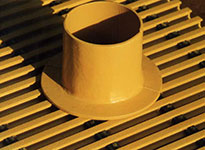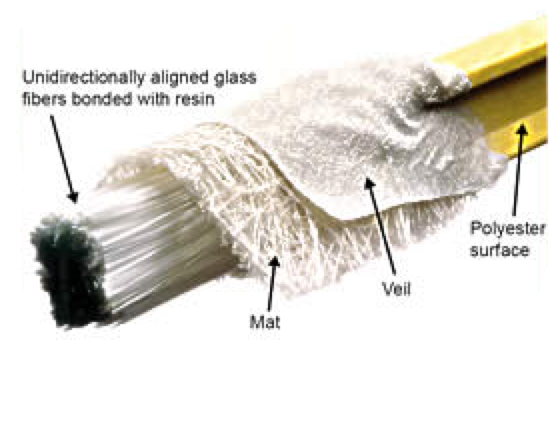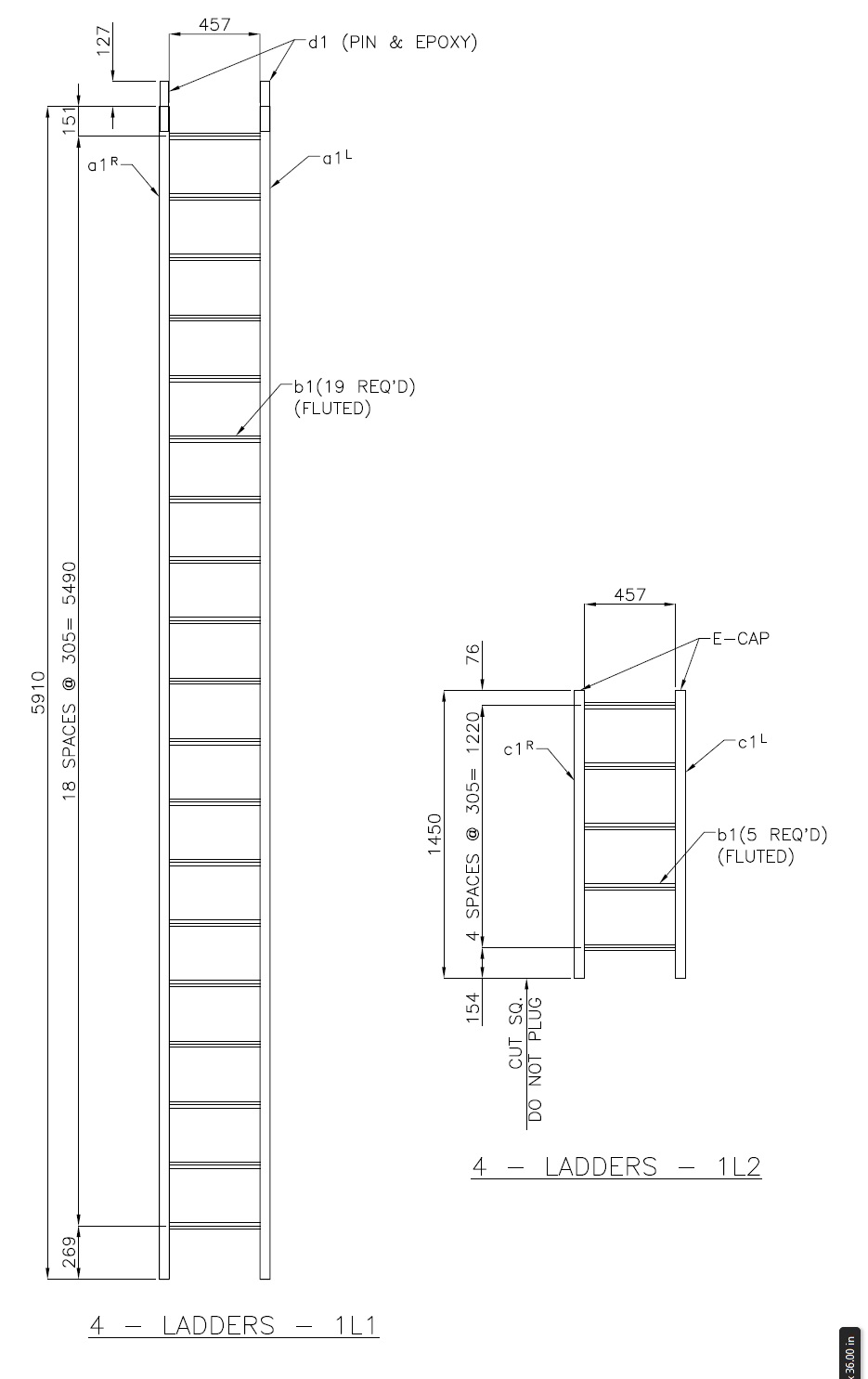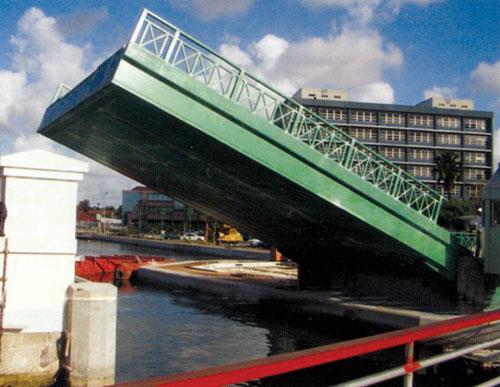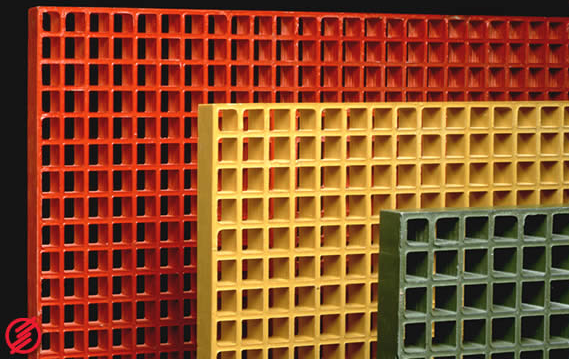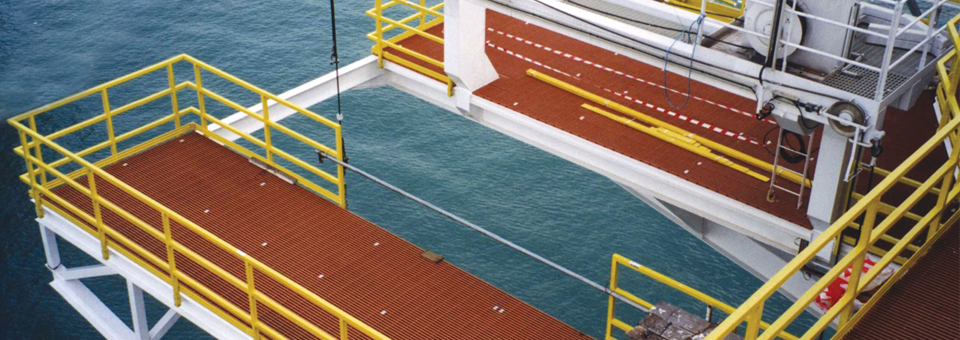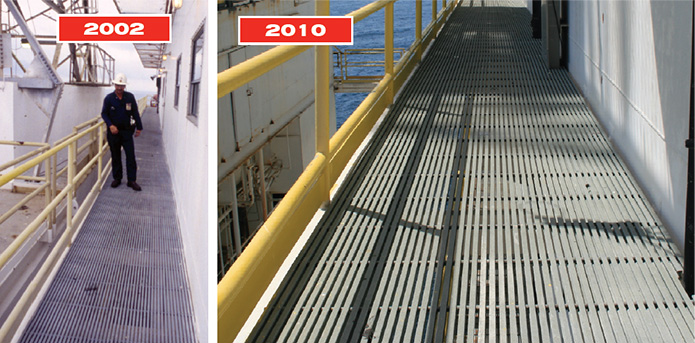Is FRP Right For Your Application?

While FRP (Fiberglass reinforced plastic) is an excellent product with many advantages over traditional materials such as aluminum, wood and steel, it is not always going to be a fit for every application. We spend a lot of time espousing the advantages of FRP but that doesn’t mean it’s universally the best material under all circumstances.
First of all: if you’re simply shopping for a “cheaper” material than the wood or metal you’re using now, FRP is very likely not going to be less expensive in comparison to traditional materials. This is a common misconception because unfortunately when customers think “plastic” the word “cheap” comes to mind. However, engineering plastic materials such as FRP have a premium cost to go along with their premium properties they offer. In the absence of any benefits the FRP offers an application over traditional materials, it may likely won’t satisfy your need for simply a cheaper product.
Another circumstance FRP would not be ideal, at least in a grating application, is where you have a large span in excess of 48″. The issue is deflection, or “bounce”, of the grating with such a wide span. While the grating will not break, it will be unstable enough for the people walking on it so as to make it unsafe. Ideal spans are 18″-24″. The last point of concern is temperature: FRP materials experience loss of strength above 150 degrees Fahrenheit, so the product is not advisable for use in environments with operating environments that are at or exceed 150 degrees. To be clear FRP has excellent cold weather performance!
The good news is that whether you’re looking for a lower life-cycle cost for your project, less maintenance, corrosion-resistance, ease of installation, electromagnetic transparency, lightweight material or countless other advantages – then FRP is probably the optimal material for the job! If you have questions about the suitability of FRP for your project please contact us.


